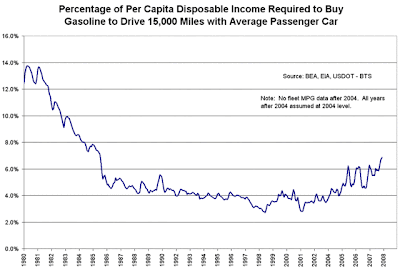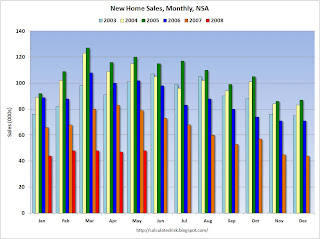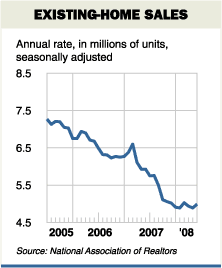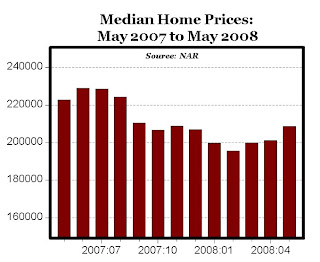An excellent article appears in this months Advertising Age (click here) that highlights the changing demographic profile of consumers in the U.S. The following helpful hints were provided for marketers:
1. GENERATION AARP
THE TREND: The average age for a U.S. head of household is 49.5— just six months shy of getting a sign-up pitch from AARP. The first boomers will turn 65 in less than three years.
MARKETING CHALLENGE: Older consumers tend to be more risk-averse and less open to new ideas.
WHAT TO DO: Don’t pander (“60 is the new 40”). Play up messages suggesting advantages such as guarantees, safety and experience.
2. CONSUMER CHASM
THE TREND: The gulf is widening among consumers when it comes to attitudes and behavior. The online- and wireless-centric consumer lives in a different world from the older newspaper reader.
WHAT TO DO: Rethink strategies for target marketing. Put more emphasis on ethnographic research into the culture, beliefs and activities of the target consumer
3. REGIONAL DISCONNECT
THE TREND: One nation, but hardly united or homogeneous. The Northeast is older, largely white with fewer children; the West is younger and more diverse. Two thirds of recent immigrants have settled in the South or West.
WHAT TO DO: For products aimed at older consumers, consider looking north and east. If you want younger consumers, pick your regions and then make sure the message resonates with a multicultural audience.
4. NEW FACES
THE TREND: The median age of U.S. Hispanic women is about 28—14 years younger than the median age for white, non-Hispanic women. Two in five consumers under 45 are Hispanic, Black or Asian (vs. one in five for 65- plus). More than half of household heads in California and Texas are Hispanic, Black, Asian or multiracial.
WHAT TO DO: If you want to be the choice of a new generation, embrace the cultures and voices of that generation.
5. IMMIGRATION IMPERATIVE
THE TREND: In the past seven years, 40% of U.S. population growth has come from immigration. Five big states (New York, New Jersey, Michigan, Illinois and Connecticut) would have seen their work forces and populations shrink were it not for new immigrants.
WHAT TO DO: Marketers need to engage in the national debate about immigration. Immigrants, after all, are a source of labor—and a prime source of new consumers.




